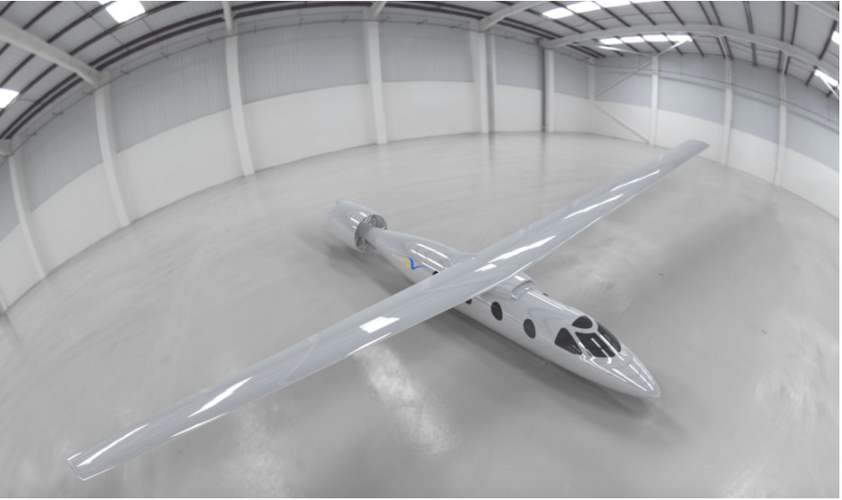MHI RJ Aviation Group (MHIRJ) and Maeve Aerospace B.V. have partnered to develop the Maeve M80, a hybrid-electric regional aircraft designed to revolutionize regional aviation with reduced environmental impact and enhanced economics. MHIRJ will provide engineering and advisory expertise to accelerate the M80's design, industrialization, and commercialization. Both organizations emphasize their shared commitment to innovation and sustainability, aiming to meet the future needs of regional flight. The M80 represents a transformative step for regional aviation, leveraging cutting-edge technology to reduce emissions and fuel consumption.

 www.asdnews.com
www.asdnews.com

MHI RJ Teams Up with Maeve on Groundbreaking Sustainability
MHI RJ Aviation Group (MHIRJ) and Maeve Aerospace B.V. have agreed to cooperate with respect to the development of Maeve's groundbreaking M80 aircraft. At the h







